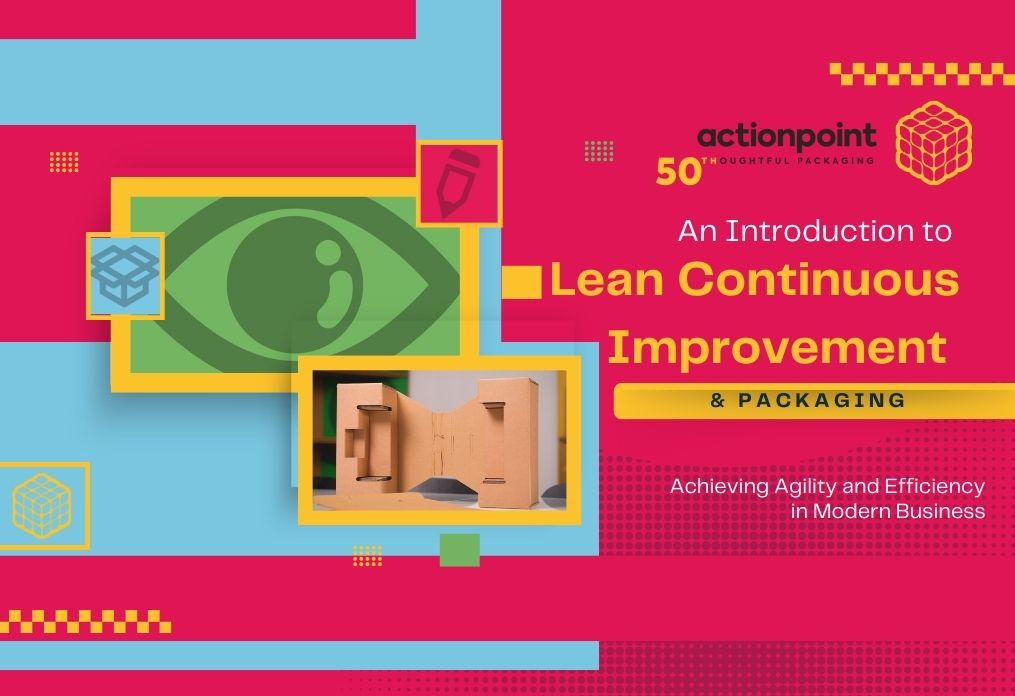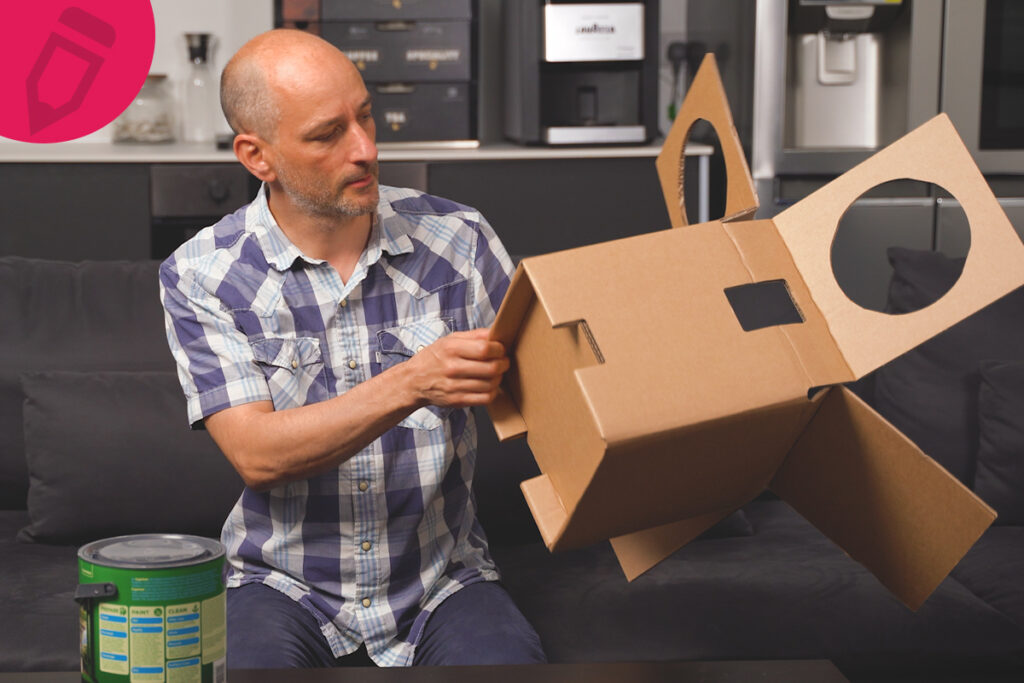Think back to the last few times your packaging supplier has been in contact with you. Was it to repeat the same order you always make, to see if you can increase the amount you spend, or to make a point of touching base: asking if everything is okay, if you need anything from them, or offering free advice that will genuinely improve your packaging processes?
Sometimes it’s good to listen to your gut feeling. If calls from your packaging supplier give you a feeling of dread or annoyance, or if they don’t call at all, perhaps something has gone wrong. Perhaps they are no longer prioritising your business and they need to up their game. But what are the signs to look for?
Red Flags
1. Lack of Contact
When you haven’t heard from your packaging supplier at all for a couple of months, that’s a big indication that something isn’t quite right. It may be a case of ‘out of sight, out of mind’ and that your company is not being looked after in the way you’d expect.

2. Poor Response Time
When you’re repeatedly having to chase answers and/or wait too long for a reply.
3. Inexplicable Price Increases
Paper prices, cardboard costs, plastic packaging tax, fuel prices. The past few years have been incredible for ever-increasing costs. But it’s a red flag if no warning or explanation is given, or you’re not satisfied with the explanation, or no options are suggested to avoid, mitigate, or off-set the additional expense.
4. Not Listening to Your Needs or Addressing Your Problems
They are in contact, and responding, but not in the right way. They’re ‘selling’ to you rather than meeting your needs.
5. Regular Quality Issues
These could involve poor quality packaging, or high/increasing damage rates, and these issues are not being resolved to your satisfaction.
6. Not Monitoring Your Packaging
It’s very easy for businesses to lose track of their packaging, especially during peak times. If your supplier isn’t routinely checking your order patterns and usage, there’s a real risk of running out… and then having to wait 3 weeks for a new batch.
7. Can’t Handle Your Organisation’s Growth
Drifting out of agreed dates and struggling to meet your demand. If your forecast is growing, are they growing with you?
8. Don’t Have a Secure Supply Chain
From a warehouse fire or flood to wider global events, do they have back-up plans? Check the options on offer in the event of disruptions or disasters.
Risks of change
Often, companies identify with some of the red flags but are hesitant to switch suppliers, and there are usually two main reasons:
1. Cost (and hassle)
The initial outlay for tailored packaging can be steep. This is because of the tooling and print plates needed to create your bespoke design (potentially in the region of £2,000 or £3,000). You may not have the budget to cover this packaging cost, or the willingness to pay the upfront expense. Besides, you have more important things to think about, right? Like the day-to-day running your business.

Well, this is when cost analysis of every aspect of your current packaging is helpful. Start with rates of damages, packing errors, and returns. Are efficiencies poor or dropping, are staff resources being used effectively, is the supply or quality of your packaging a bit patchy? Calculate packaging costs and you might discover you’re paying more than you thought. Custom packaging could target all these areas and save you a lot of money in the long run.
Remember that tooling charges are usually one-off costs, as once tools have been created, they can be kept and reused for your repeat orders for years. Added to this, some suppliers may rebate the cost (in part or in full) over a set time period as a goodwill gesture in anticipation of a long-term partnership.
As a side note, check with any potential new suppliers that they mark the tooling charges separately on your quote or invoice. Otherwise, it is impossible to tell if you’re unnecessarily paying these charges with every repeat order.
2. Fear of the Unknown
There is the worry that a new supplier could be worse than your existing supplier. It’s the decision-maker’s reputation on the line (not to mention the company’s) if the change results in more problems than you are already experiencing. What if you pay the outlay and you find the quality isn’t there, stock is damaged, or the service is not what you were promised? You would have lost money and could feel trapped.

Perfectly reasonable fears.
The only way to address them is to exercise due diligence. Talk to several representatives at the company, ask them questions – the more difficult, the better! – and read their customer testimonials. What industries do they work in, what awards have they won, what problems have they overcome? See examples of their work, contact their clients, and check their reputation in the wider industry.
You’re making a long-term partnership change. A trustworthy, reliable supplier will understand this and take the time to give you the reassurance you need. Before you make a decision, you should feel confident that the new supplier will work with you honestly and transparently and deliver on their promises.
Next Steps
If any of these aspects are raising concerns and you’re not happy with your supplier’s performance, the first step is to raise it with them. However, if there is no improvement it may well be time to move your business elsewhere.
But when? It makes sense to investigate this during the most convenient time for you and your organisation. There may be naturally slow trading periods in your calendar, which give you breathing space to focus on making the switch. Alternatively, certain activities present an ideal opportunity to approach and compare suppliers, such as if you are planning/experiencing:
- A new product launch
- A rebrand
- To increase/introduce sustainability
- Rapid growth
- A warehouse/logistics overhaul
Discover what other packaging suppliers can offer and how they operate so you know if they are the right fit for you. Ask lots of questions including how the supplier would do things differently to address the issues you’re currently facing. Whether this discussion takes place over the phone or during an in-person meeting, you might find it useful to have a Bespoke Packaging Checklist to hand for a productive conversation.
To find out how Actionpoint can help, get in touch with us. We’re happy to offer expert advice, arrange a visit to your premises, or provide a one-to-one appointment at our Packaging Creation Lounge. Together, we will give your packaging the focus it deserves and create a personalised packaging solution you can be proud of.




